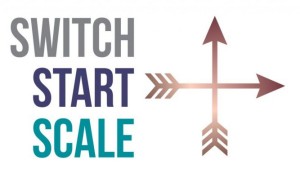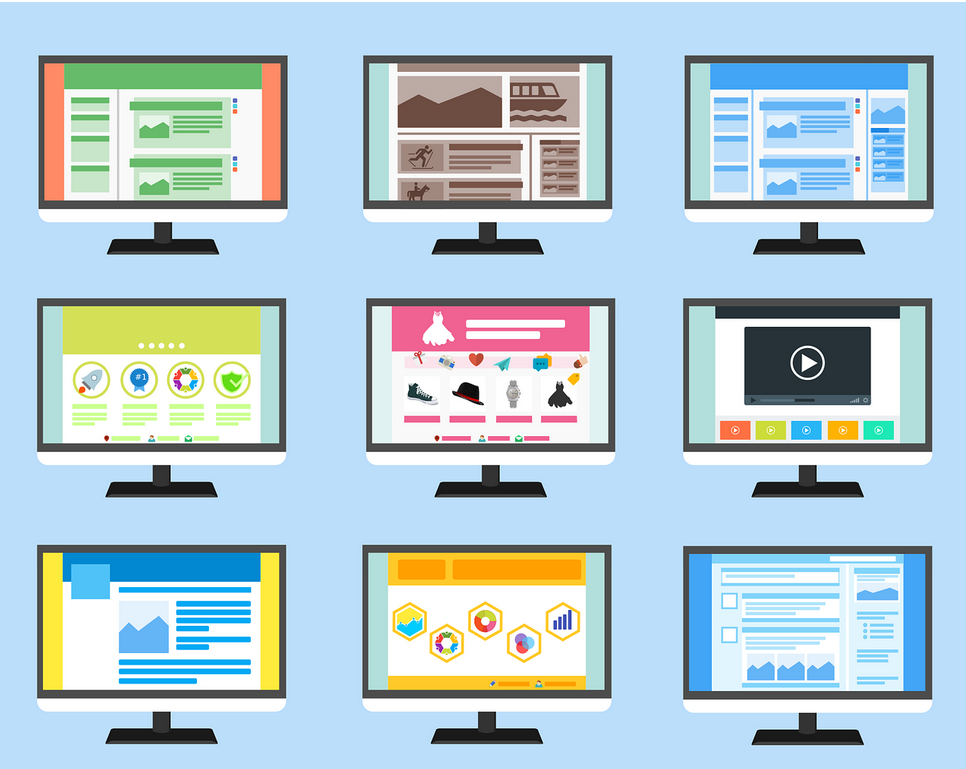Pages are the essence of your brand’s website, with one goal: to persuade your prospects to the next step to becoming a customer. Landing Pages are, effectively standalone, websites. Smaller than your ‘Google HQ’, promoting a brand’s product, service or action, often mirroring an introduction paragraph.
The four main types of landing pages are:
- Squeeze Pages: ask or an email in exchange for a free eBook, consultation or discount. This is an effective page type for new products and launches, where the main goal is to offer valuable content in order to capture data.
- Lead Capture Pages: when you’re looking for more than just an email address. Lead capture is for longer form pages and more targeted nurturing.
- Launch Pages: if you want to offer a trial to a product or service and promote a sample pack.
- Split Testing Pages: for comparing two pages and comparing what’s working best.
The anatomy of a Landing Page
The main elements of a Landing Page include a resonating headline (to grab people within seconds), a descriptive solution to your problems, value, and tugs on your emotions. Then, a Call to Action (CTA) with a collection point contact form, enticed with value-added content.
Another strategy of a Landing Page that converts is proof of value. Customer testimonials or ‘trusted by’ with logos adds credibility, a single-click payment button adds convenience, and a chatbot for FAQs and details suggests responsive service. Especially for important campaigns or high-ticket price offers.
Start with Strategy
Before you jump into the fun part of design, take your time conceptualising your page’s communication strategy. What do you need to solve or achieve? Who is your audience? What do they need to do? Importantly, what can you give them in return for their data that you want? , Then, what’s the best way to deliver the product or service your customers and clients want, via your site’s form and… your KPIs! What number of sales will make the campaign a win?
The nuances of a ‘convertible’ Landing Page
Design your landing page, mobile first. Most people check sites on phones, so make sure it works best on phone and tablet devices. Aim for function before aesthetics, with a scroll layout that gives breathing space for content that’s easy to understand.
Avoid generic stock photos for imagery – uses images that drive emotions, like photos that helps prospects picture themselves. Flat lay photography style is good for product storytelling.
For your ‘tone of voice’, place your prospects, customers and clients in the moment, instead of me/I/my language. Consider your ‘brand personality’ and how to replicate that in the landing page tone.
Only say what you need to as there is limited space. Be concise, on brand, and above all, persuasive.
Lyft has a great example of a landing page. There is an empowering and to-the-point benefit headline: ‘Make up to $35/hour driving your car.’ And a ‘see how much you can make’ calculator and the ‘become a driver’ CTA.
Prospects should arrive at your landing page, seeing it’s simple, spacious, easy to understand, and achievable.
Look into Whimsical and Balsamiq for the design stage, as well as Canva (for templates you can tinker with) and Adobe Creative Cloud.
The ‘techy’ side
The two most popular lead generation Landing Page platforms are MailChimp and WordPress. MailChimp is a no-code option and connects to Square for payment, but it’s not as intelligent or flexible as WordPress.
Speak with your domain provider to discuss registering subdomain pages and if they have special agreement for adding landing pages. Your website and landing pages will work together, but your pages have the sole function of driving leads and sales to one specific product or service.
While it’s perfectly fine to have several landing pages, stick with no more than three. Use Google Analytics and Hotjarr for test data, so you can continue to improve your landing pages.
And most importantly, always think beyond the landing page. This is a great connection and conversion tool, but after you’ve got the leads and sales, what’s next?
Learn more about landing pages and how to use social media, Google ads, digital and content marketing to drive leads to your campaigns. Many of these hints and tips came from the webinar run by Emma Wilkinson so thank you!
For more resources to help improve and inspire your business, visit the Switch Start Scale library of webinars and support decks.

